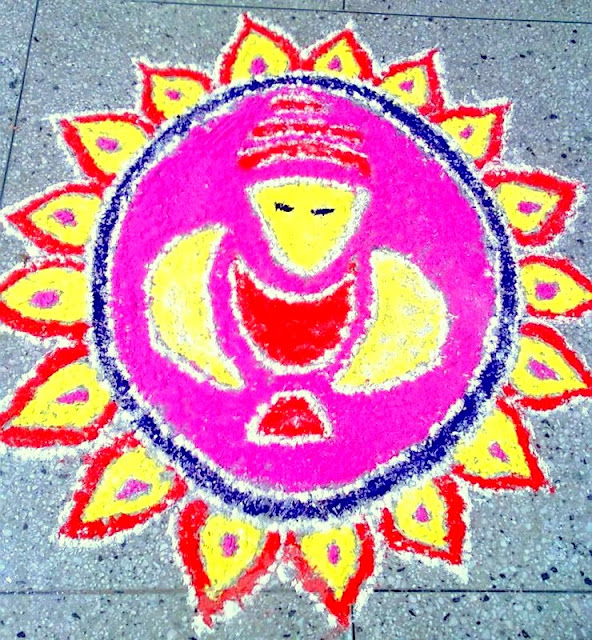Safdarjang's Tomb

Safdarjang's Tomb is a garden tomb with a marble mausoleum in New Delhi, India. It is an eminent example of Mughal Architecture in India. It was built in 1754 in the late Mughal Empire. History: - Safdarjang's Tomb was built in 1753-54 by Nawab Shujau'd-Daulah as tribute to his father's memory 'Mirza Muqim Abul Mansur Khan', entitled 'Safdarjang'. He was the Governor of the province of Awadh under the reign of Muhammad Shah (1719 - 48) and later his Prime Minister. The Safdarjang tomb was erected roughly on the pattern of Humayun's tomb. Architecture and Landscape: - The monument is entered through an ornamental painted gateway on the east. This double stories gateway has several apartments a court yard and a mosque. The enclosure wall with channles over them to carry water to different pavilions has a series of recessed arches on the interior and octagonal towers on the four Corner





